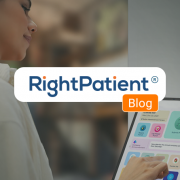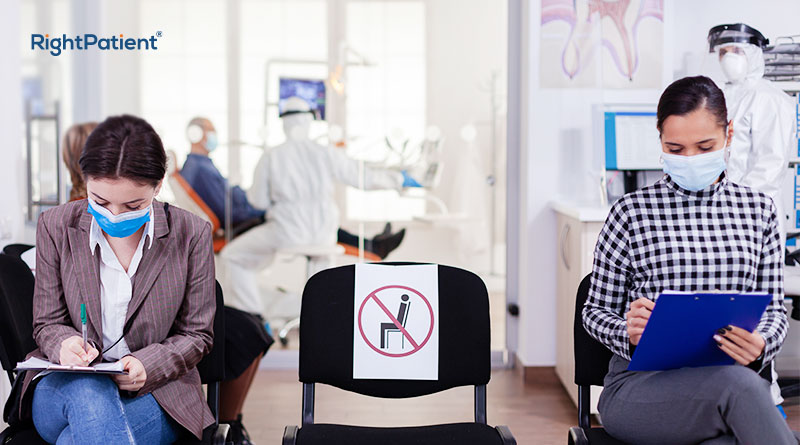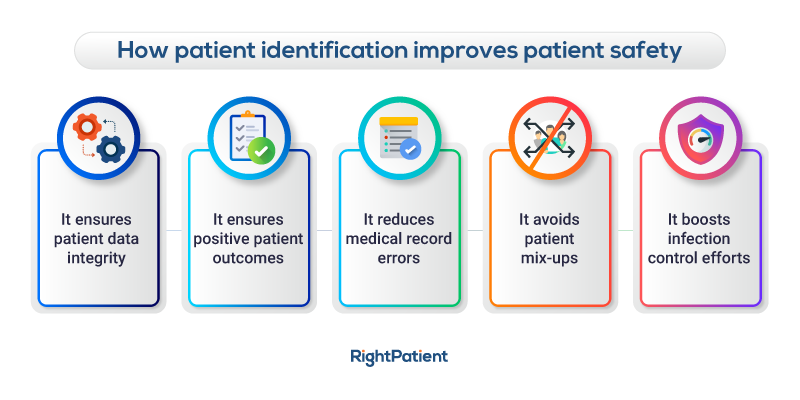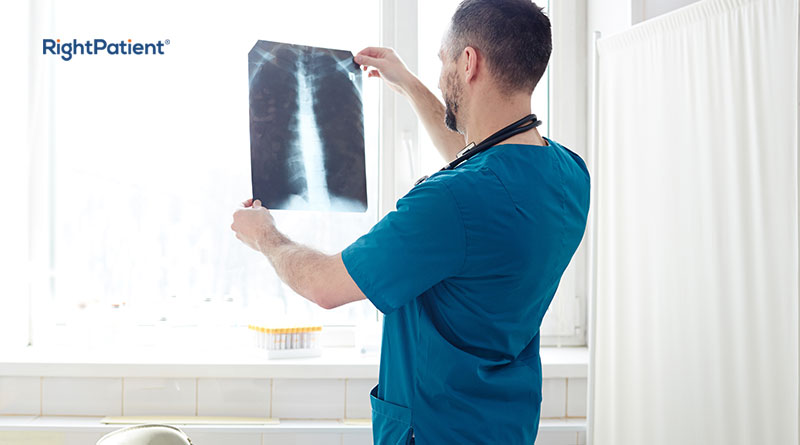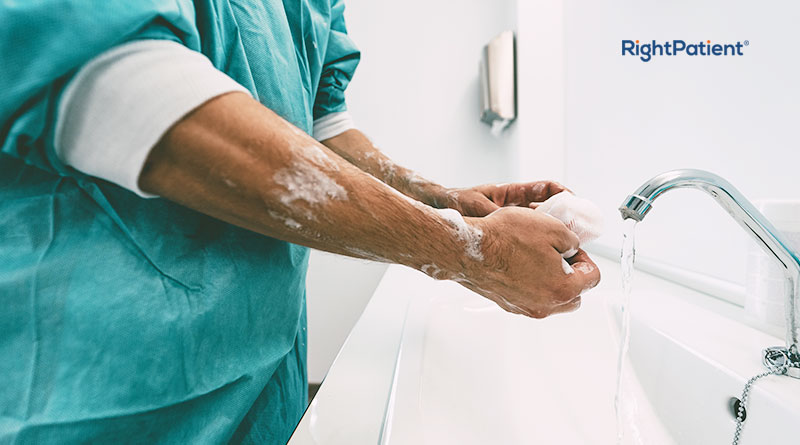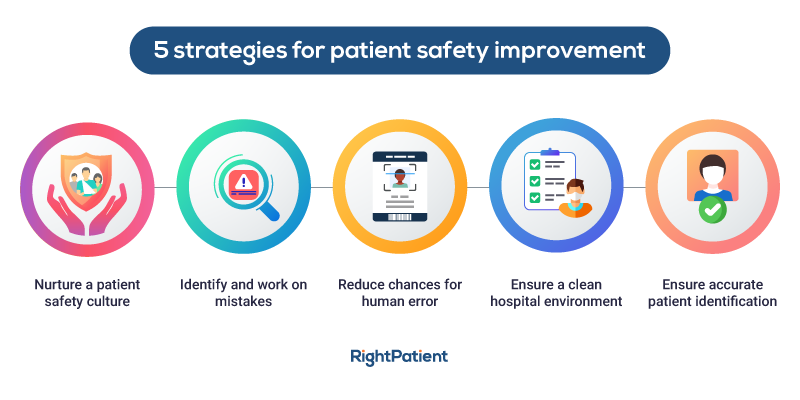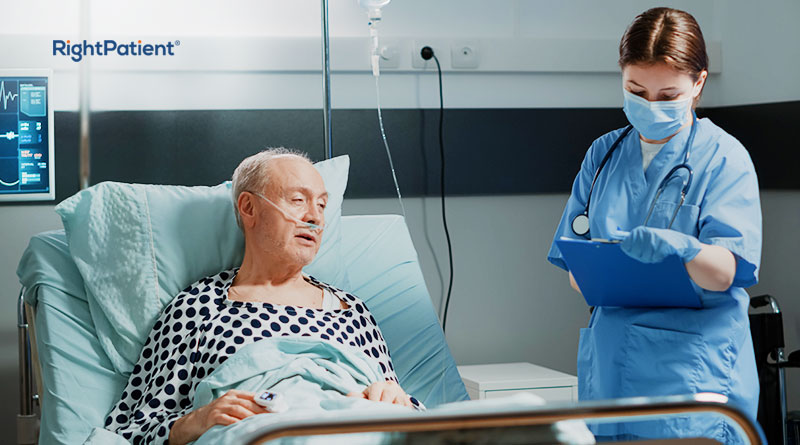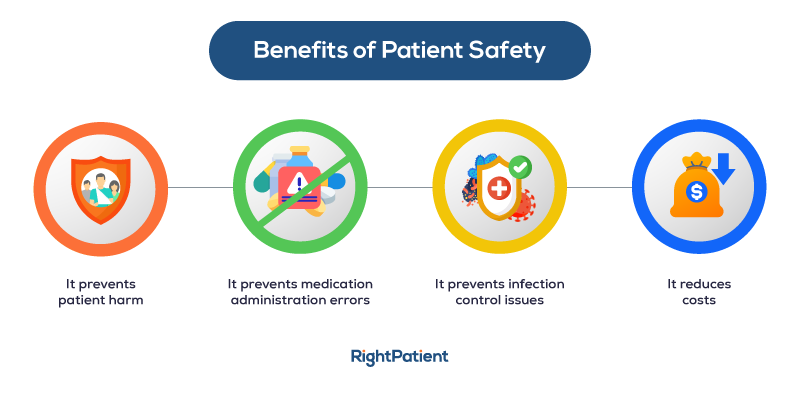Enhancing Patient Safety in Telehealth with Biometric Identification
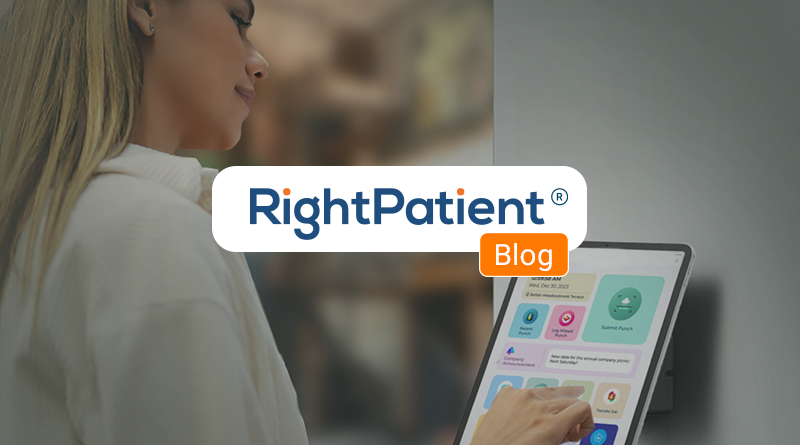
The healthcare industry worldwide experiences a significant financial toll due to patient misidentification. This not only impacts the financial health of the industry but also compromises the safety of millions of patients. However, a beacon of hope has emerged in the form of biometric technology. With the bourgeoning telehealth services, the need for accurate patient identification has become more crucial than ever. RightPatient, a leading touchless biometric patient identification solution, is revolutionizing the landscape of patient identification in telehealth, emphasizing both patient safety and data security.
Telehealth’s popularity has been on an exponential rise, largely due to the global pandemic. However, the transformation to digital has not been without its challenges. The most prominent among these is the daunting task of patient identification. Misidentification can lead to severe medical errors, security breaches, and fraud, putting patients’ lives at risk and draining valuable resources.
Biometric technology has emerged as a reliable and potent solution to accurate patient identification. Advanced technology enables biometric patient identification systems like RightPatient to accurately identify patients, even when they are unconscious. This feature is particularly crucial in emergency situations where every second count. RightPatient not only offers swift identification but also gives paramount importance to patient privacy, strictly adhering to HIPAA guidelines. It ensures the safe and secure processing and transmission of health data, thereby adding an extra layer of security.
A case in point is the International Health Management, a Bangladeshi NGO. They integrated RightPatient’s web-based fingerprint biometric ID system into their healthcare service, which significantly reduced patient misidentification, duplicate records, and medication errors, serving approximately 5,000 patients across five locations. RightPatient not only streamlined their operations but also elevated the patient experience by ensuring speedy and accurate identification.
The success of RightPatient with International Health Management is a testament to its capabilities in delivering unmatched patient identification. It paves the way in our increasingly digital healthcare world, proving that accurate patient identification in telehealth is not just possible, but a reality.
In conclusion, with the continued evolution of telehealth, biometric technology like RightPatient will remain integral in ensuring accurate patient identification. RightPatient is not merely an identification solution; it’s a commitment to safety. Experience the future of telehealth with RightPatient, your dependable partner in touchless biometric patient identification. Schedule a demo today and witness the difference we can make. For more details, visit https://www.rightpatient.com/ and for inquiries, navigate to https://www.rightpatient.com/contact/.
How to Use RightPatient
- Understand the Importance: Recognize the financial toll due to patient misidentification and the role RightPatient plays in mitigating it.
- Explore the Technology: Learn about the biometric technology that powers RightPatient and how it ensures accurate patient identification.
- Integrate into Your Healthcare Service: Follow the example of International Health Management and integrate RightPatient into your healthcare service. Read the case study to understand how it can streamline operations and elevate the patient experience.
- Ensure Patient Privacy: Understand how RightPatient gives paramount importance to patient privacy and strictly adheres to HIPAA guidelines.
- Schedule a Demo: Experience the future of telehealth with RightPatient by scheduling a demo today. Witness the difference it can make in ensuring accurate patient identification.
Frequently Asked Questions
- What is RightPatient?
RightPatient is a leading touchless biometric patient identification solution that ensures patient safety and data security. It is particularly useful in telehealth services where accurate patient identification is crucial. - How does RightPatient work?
RightPatient uses advanced biometric technology to accurately identify patients, even when they are unconscious. This feature is particularly crucial in emergency situations where every second counts. - What are the benefits of using RightPatient?
RightPatient not only offers swift identification but also gives paramount importance to patient privacy, strictly adhering to HIPAA guidelines. It ensures the safe and secure processing and transmission of health data, thereby adding an extra layer of security. - Has RightPatient been used successfully in the healthcare industry?
Yes, RightPatient has been successfully integrated into the healthcare service of International Health Management, a Bangladeshi NGO. It significantly reduced patient misidentification, duplicate records, and medication errors, serving approximately 5,000 patients across five locations. - How can I get more information about RightPatient?
For more details, visit RightPatient and for inquiries, navigate to Contact Us.

